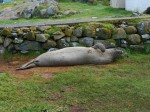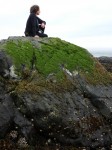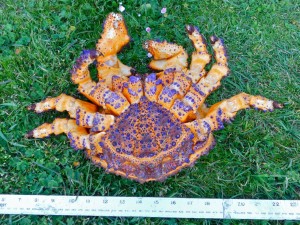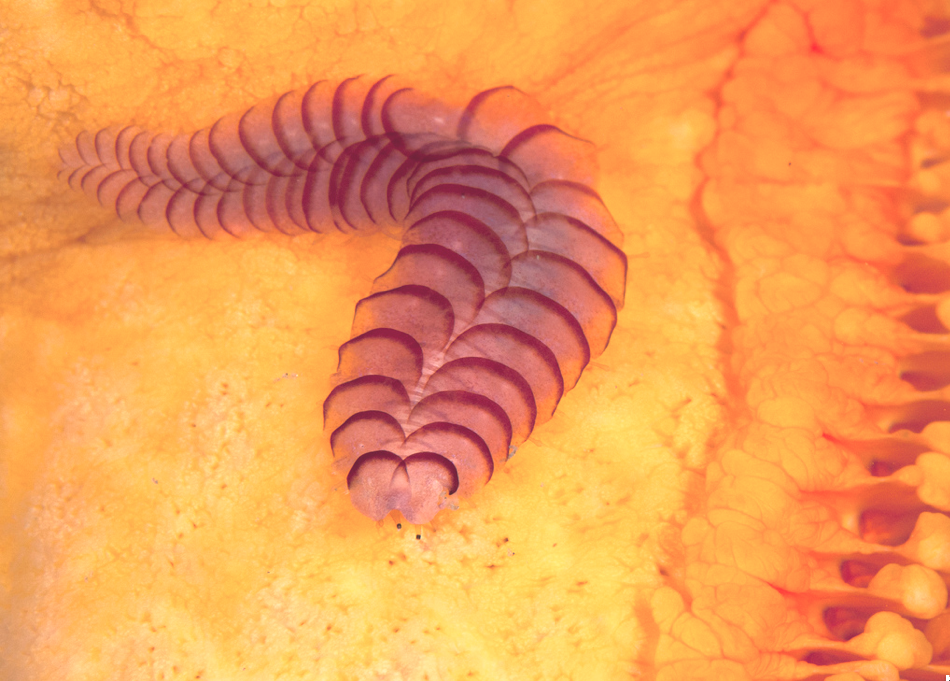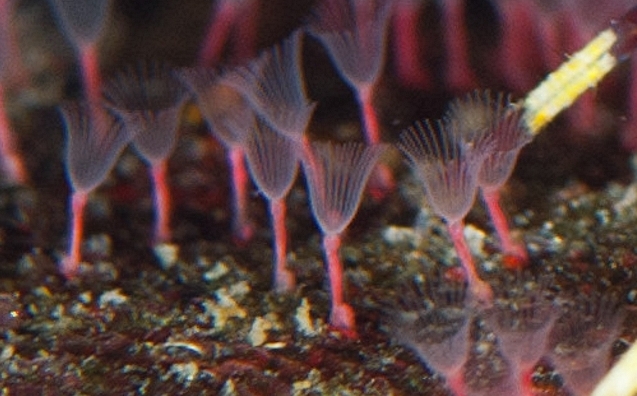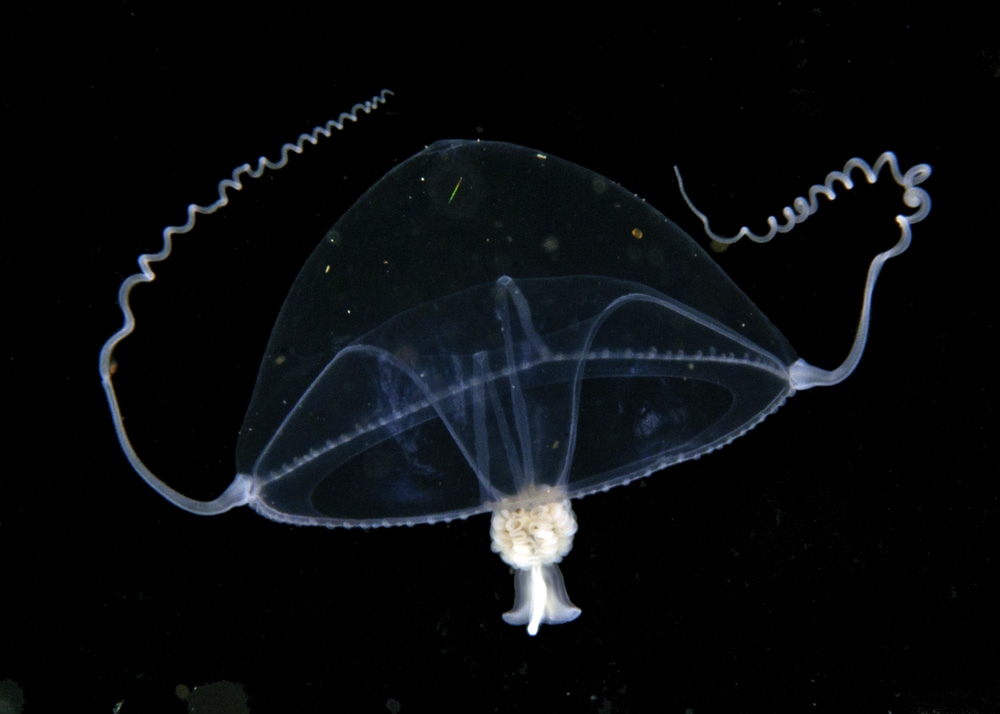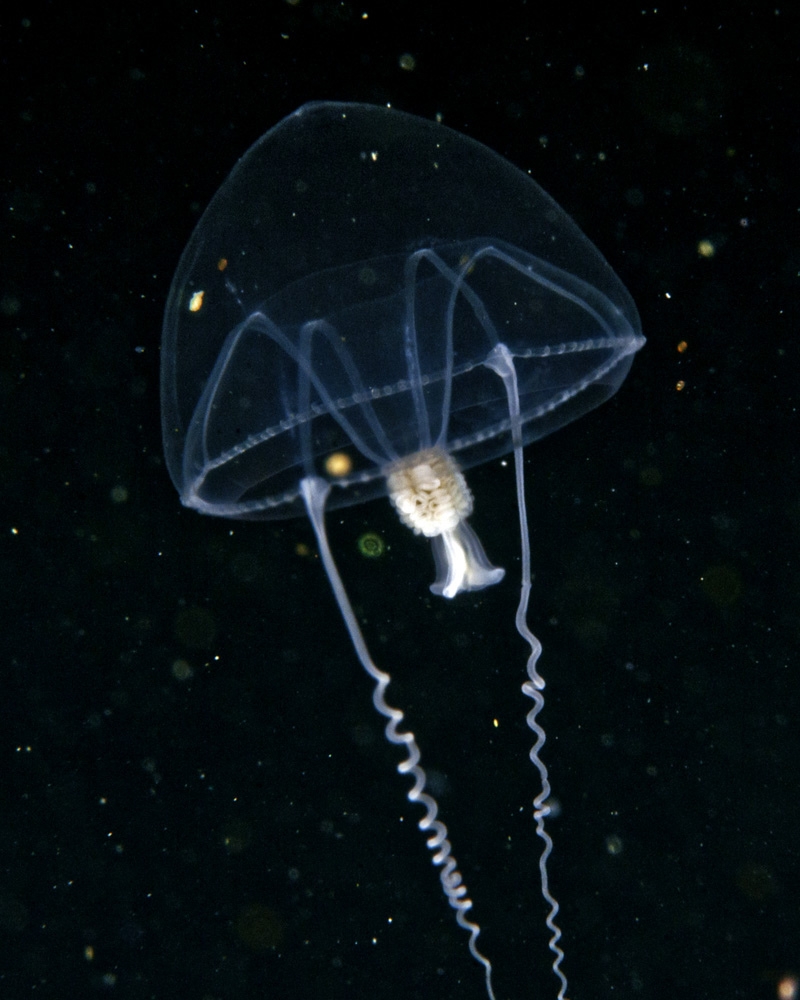The Friends of Ecological reserves sponsored a field trip to Race Rocks On Sunday May 12. Chris Blondeau, Director of Operations for Lester Pearson College operated the boat and Garry Fletcher led a group of ten on a tour of the reserve. The following gallery of images shows some of the activities.
- The group of 10 members who boarded the college’s “Second Nature” to travel to the reserve.
- Elephant seal juvenile male and females lined up on the island
- A young female elephant seal tagged Green # 6360
- A clear distinction of the head shape with the female above, and male below. Both probably 2-3 year old juveniles.
- Elephant seals lined up on the centre of Great Race Island
- This female was tagged as a weaned pup in February 2012 at Point Reyes National Seashore.
- Bertha, the older female who has had 4 offspring on the island. She has a distinctive stomach scar.
- A good example of the highest marine algae in the intertidal zone, Praseola, sp. and the vertical zonation of the upper intertidal.
- a visitor near tidepool #13 and the boulder moved by the hurricane in 2006
- A goose nest with numbered addled eggs.
- Enclosure to prevent grazing to monitor vegetation change.
- Enclosure to prevent grazing.
- The area flattened by the sealions last fall has a layer of Blue green algae on a mat of hair, On the edges, this camomile is growing invasively.
- This california sea lion has remained decomposing near the East lawn for the last 4 years.
- fenced enclosure to demonstrate the effect of goose grazing.
- Californa and Northern Sea lions on Middle Rock
references:
The tagging of elephant seals indicating their origin:







